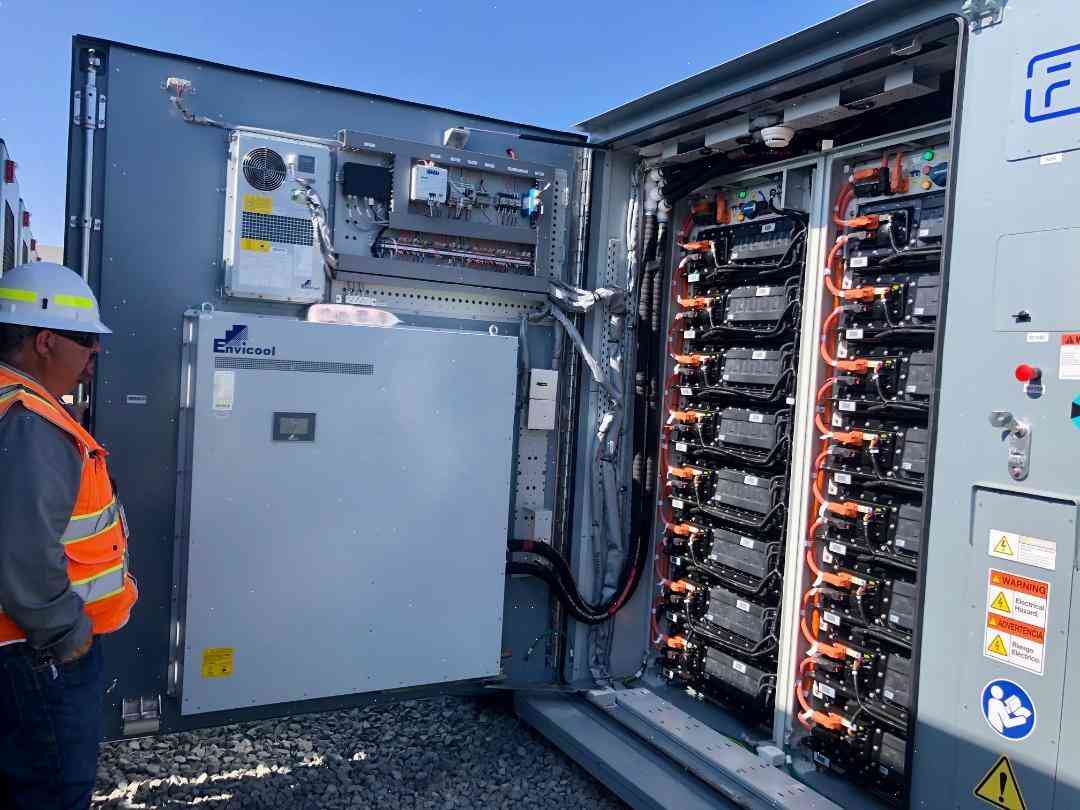Op-Ed: California’s giant new batteries kept the lights on during the heat wave. Now they might keep your neighbors cool as well.
The electricity grid has a number of backup options. It could be that a tree fell across a nearby power line, or a gust of wind knocked out a transformer. Most often, though, it’s a power plant that’s turned itself off for a few minutes, and power lines are just sitting there, not powered.
California’s two largest nuclear plants, Diablo Canyon and San Onofre, have been running for years past the capacity to produce their energy. Over the last decade, both have undergone a number of upgrades designed to keep operating beyond what they could produce on their best days.
One of the upgrades involved shutting down the plant’s steam generators during a heat wave, in order to reduce the plant’s steam flow rates — a heat-trapping technique known as “steam injection” that helps maintain cooling capacity, even in cases where the power plant’s cooling system may be overwhelmed by the lack of water.
The other upgrade involved replacing the plant’s most troublesome power lines with newer lines that could withstand the heat. They used “temporary” power lines when the old wires were in place — but over time they used those wires for their own power, drawing down California’s grid. After the plants’ nuclear generators failed in 2012, the company that built them replaced both plants’ power plant transformers with ones that can withstand the heat, but that would be connected to the temporary power lines used for normal production.
It’s not clear where Californians can safely store their water, in a region that’s getting hotter and drier.
Since the recent heat wave, though, much of the state has been experiencing water shortages. If it’s getting hotter now, and cooler later, that’s partly because of how water has been getting into and out of the ground in the desert.
Many of the region’s aquifers remain water-poor, and as the desert gets hotter, more water is evaporating from the ground into the atmosphere.
California’s aquifers
California has two types of large aquifers — the deep ones, in the desert, and the shallow ones, in cities

